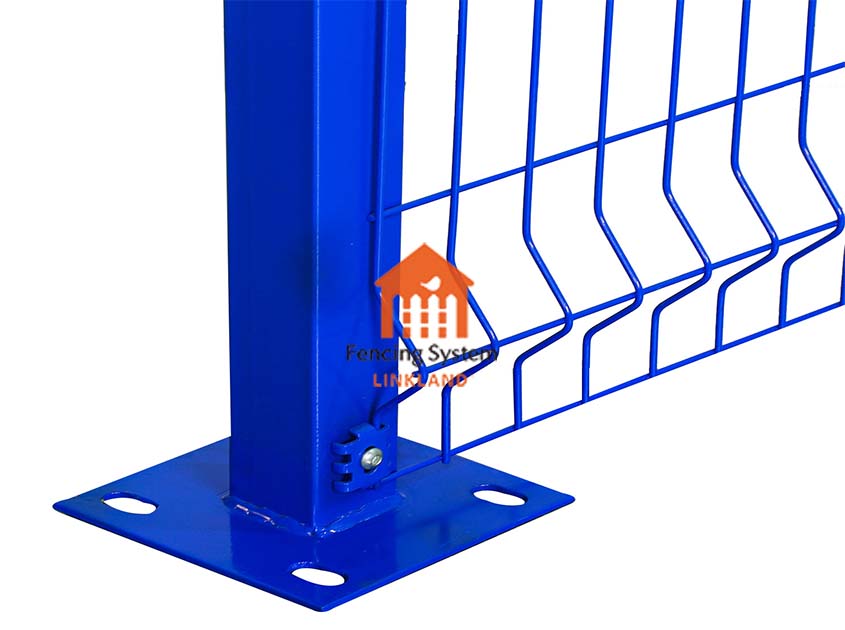A 3D fence is a fence system with a three-dimensional structure, the effectiveness and stability of which depends largely on the quality of the connection and assembly techniques. Knowing the details of these key aspects will help us understand the structure of the 3D fence and ensure proper connection and assembly to guarantee its performance and reliability.

Choice of connection technology
Joining technology plays a crucial role in the assembly process of 3D fence. Commonly used connection techniques include welding, bolting, clamping, etc. Welding provides a strong and durable connection for applications requiring high strength and stability. Bolted connections provide flexibility and adjustability for easy assembly and disassembly. Clamp connections secure the guardrail elements together with clamps, providing a quick and reliable connection option. According to the specific needs and application scenarios, it is very important to choose the appropriate connection technology.

The importance of assembly technology
Proper assembly techniques are critical to the performance and reliability of a 3D fence. The assembly technique involves the installation sequence, fixing method and adjustment process of the guardrail elements. Ensuring accurate alignment and adjustment of guardrail elements, as well as proper fastening and securing, are critical steps during assembly. This will ensure that the overall structure of the 3D fence is stable and able to withstand external forces and pressures without loosening or deformation.
Quality Control and Testing
To ensure the quality of the connectivity of the 3D fence and the assembly technology, quality control and testing are essential steps. During the manufacturing and installation process, strict quality control should be carried out to ensure that the connections and assembly steps comply with standards and specifications. Additionally, regular testing and inspections can help uncover any potential problems or deficiencies and take corrective action in a timely manner. Through quality control and testing, the connectivity and assembly technology of the 3D fence can be guaranteed to remain stable and reliable in long-term use.
By deeply analyzing the assembly technology and connectivity of 3D fence, we can better understand its structure and performance, and ensure correct connection and assembly, thereby improving the overall quality and reliability of 3D fence. Proper choice of connection technology, proper assembly method, and strict quality control and testing will ensure that the 3D fence can meet the design requirements and provide effective safety protection.
Pre:The Importance of Maintenance and Inspections to 3D fence Performance
Next:3D fence Security Assessment: Assessing Vulnerabilities and Risk Mitigation